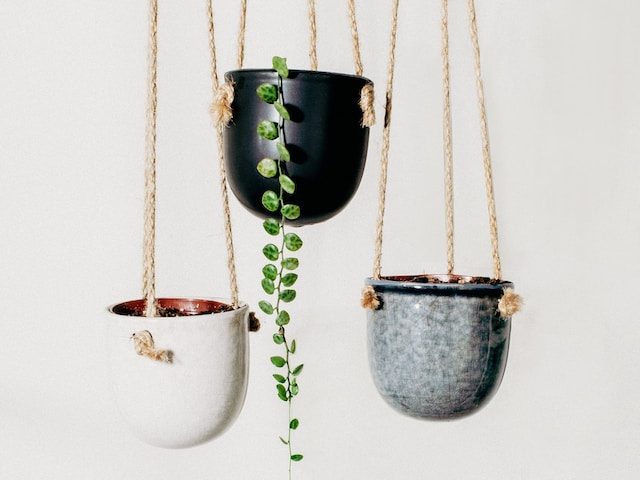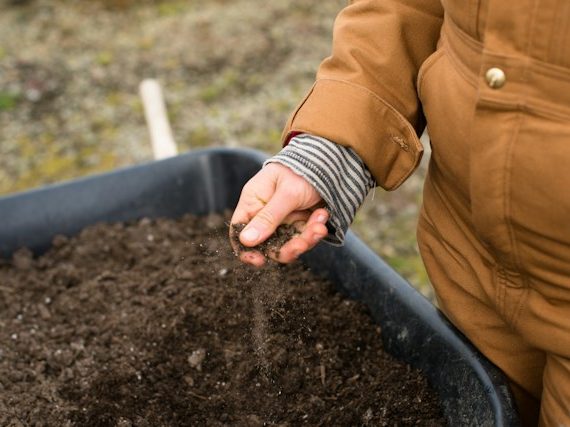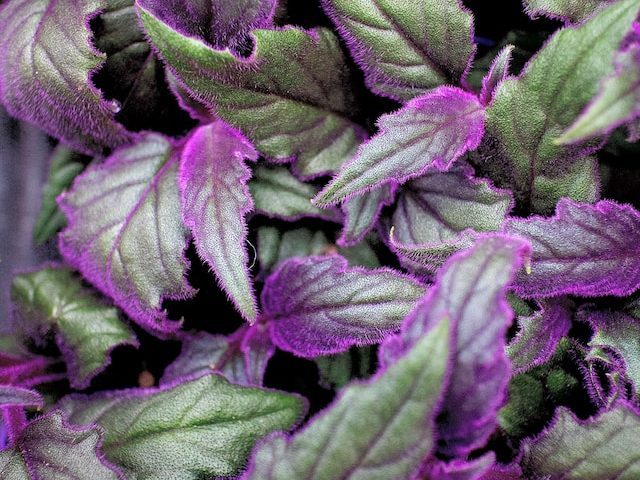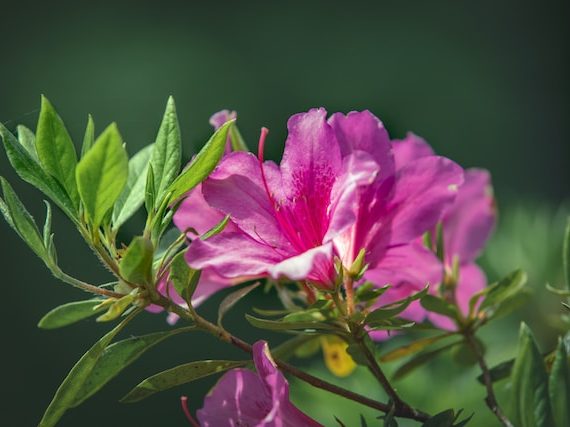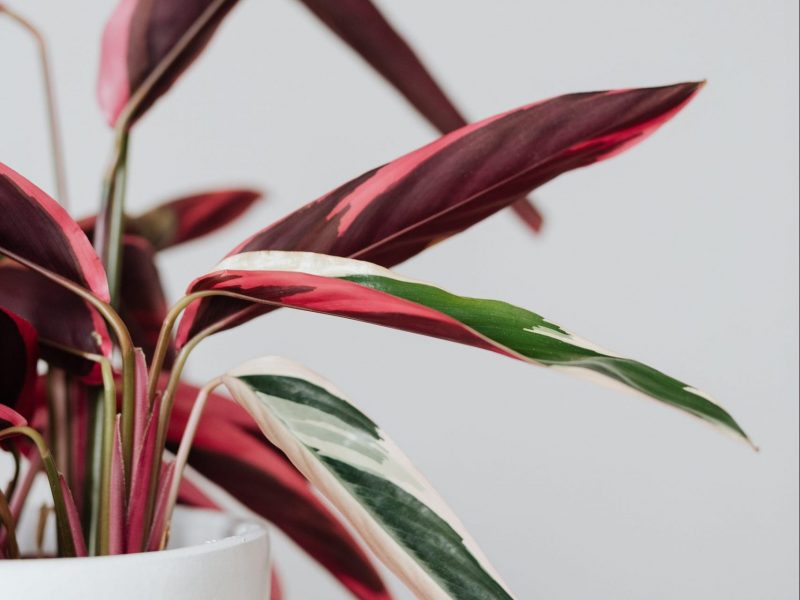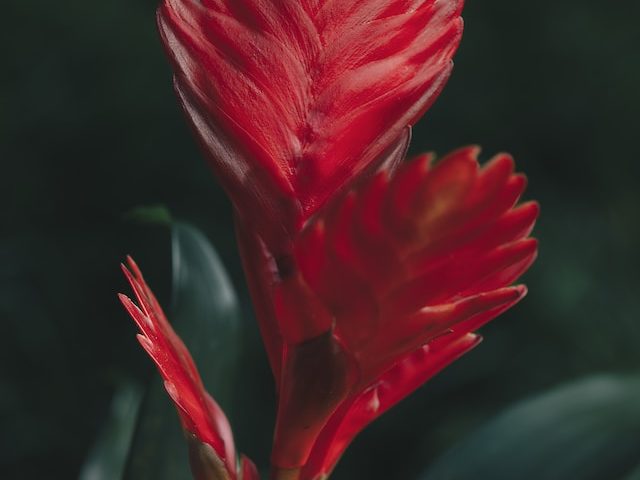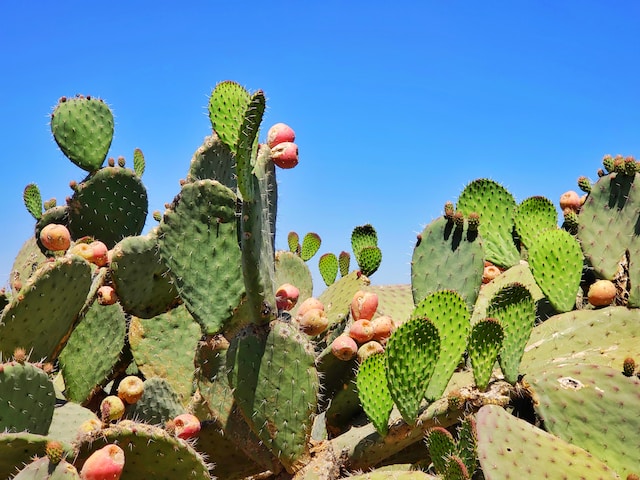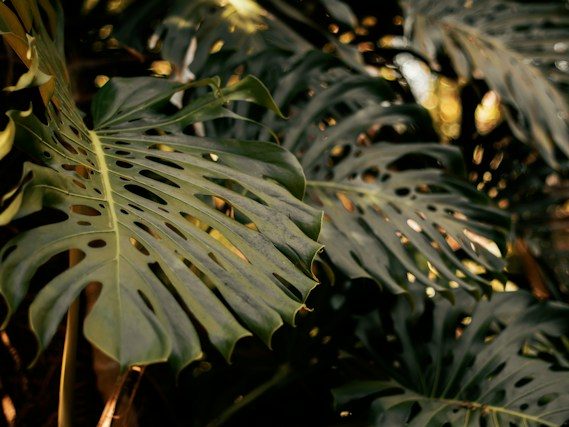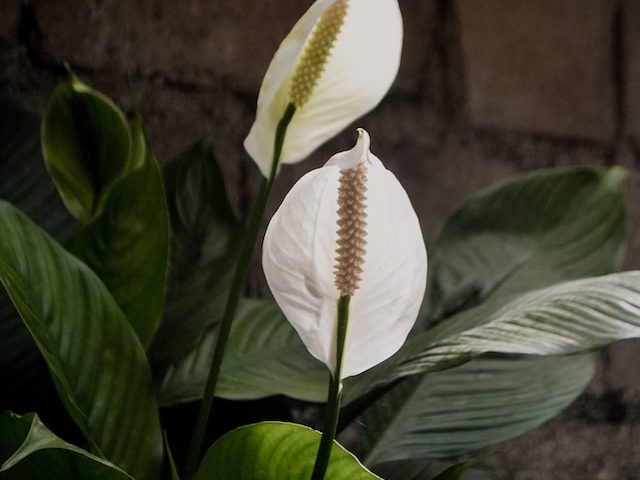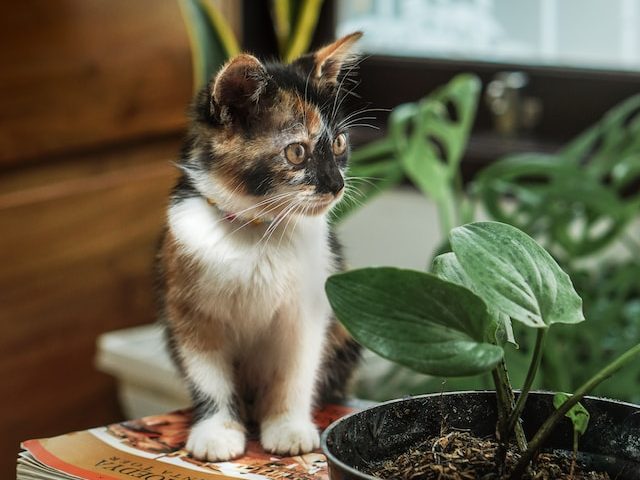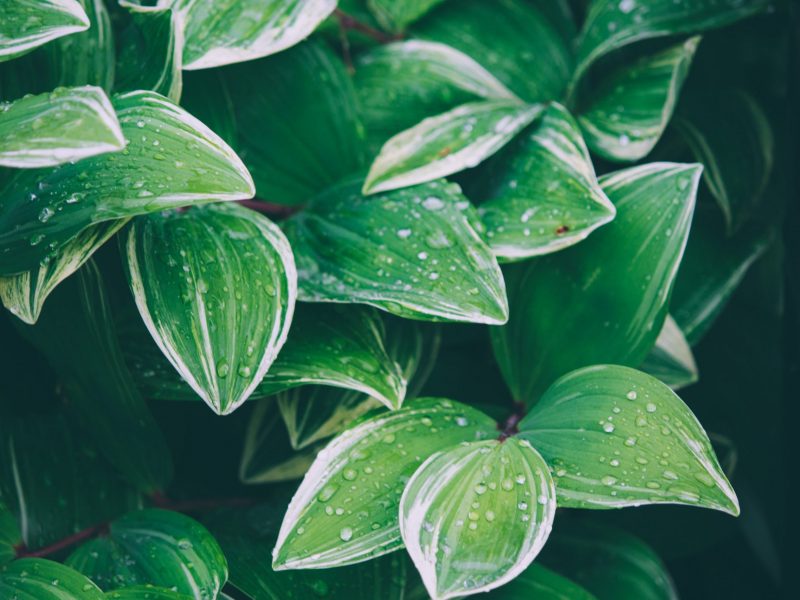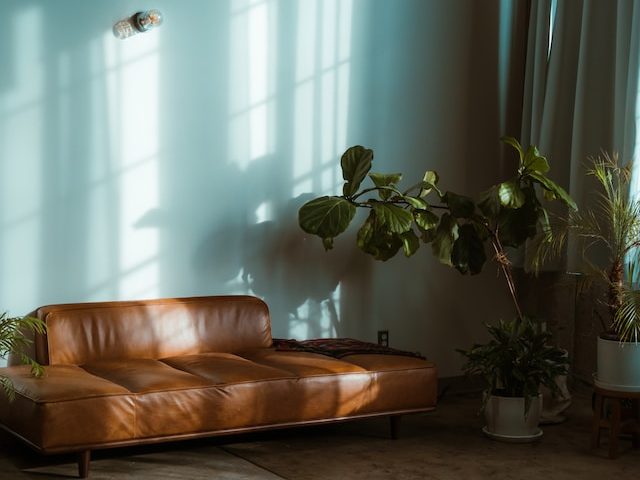Chinese Evergreen Care
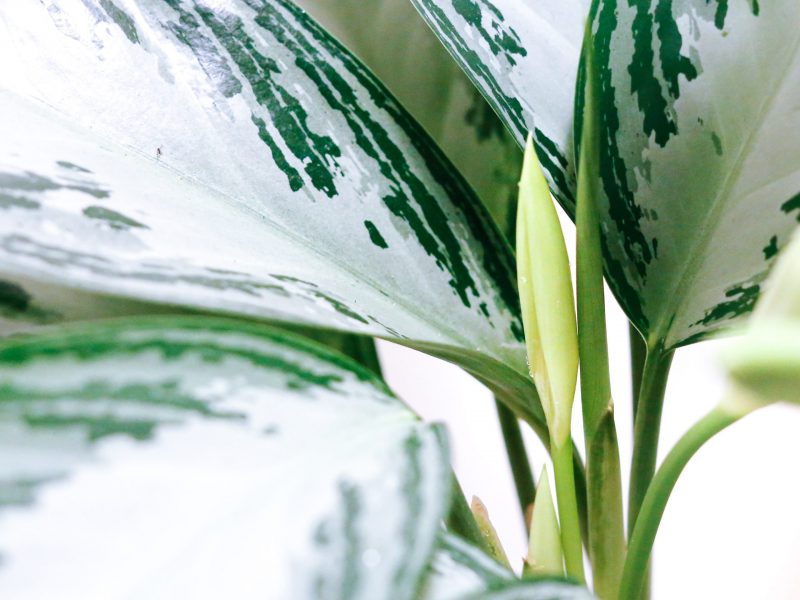
Introduction to the Chinese Evergreen Plant
The Chinese Evergreen, scientifically known as Aglaonema, is a popular plant among indoor garden enthusiasts for its incredible leaf patterns and low-maintenance requirements. Native to the tropical and subtropical regions of Asia, it is well-known for its lush foliage that comes in a variety of patterns and colors, from deep green to silver, and even some with hints of red.
One of the key reasons the Chinese Evergreen has gained popularity is its adaptability as this plant is known to thrive even under less ideal conditions. It’s particularly forgiving when it comes to tolerating low-light conditions, which isn’t such a common occurrence with houseplants.
It also offers health benefits as it is an excellent air purifier. It removes toxins from the environment, contributing to better indoor air quality. In fact, NASA included it in their list of top air-purifying plants!
Main Characteristics
Appearance
Chinese Evergreen plants are renowned for their striking variegated leaves that come in an array of colors ranging from rich green to silver, red, and even pink hues. The leaves themselves are elongated and pointy, giving the plant a distinct, lush appearance.
Variety
There is an impressive variety of Aglaonema species available, each with its unique leaf pattern and color. Some popular varieties include Aglaonema ‘Silver Queen’ with its silvery leaves, Aglaonema ‘Red Gold’ boasting vibrant red hues, and the Aglaonema ‘Cutlass’ known for its elongated, striped leaves.
Size and Growth
Chinese Evergreen plants typically reach a moderate size, making them ideal for indoor settings. They can grow anywhere from 1 to 4 feet tall, depending on the care and conditions provided. Their growth rate is generally slow to moderate so you don’t need to worry about these plants outgrowing your home anytime soon!
Resilience
One of the main characteristics that set Chinese Evergreen plants apart is their resilience. They are incredibly hardy and can adapt to less-than-ideal conditions, such as low light, inconsistent watering, and varying temperatures. This makes them a favorite among both professional and beginner plant enthusiasts.
Longevity
With optimal care, Chinese Evergreen plants can live for many many years. Their longevity, coupled with their stunning appearance, makes them a worthwhile investment both in terms of money but also time.
Choosing the Right Location for Your Chinese Evergreen Plant
The Chinese Evergreen prefers medium light levels, but can tolerate less than perfect light conditions. That said, the plant should never be put in direct sunlight as it could lead to scorched leaves (these will appear as dry/ scorched brown and yellow patches).
On the other hand, if the plant is placed in a room with minimal light, its growth may be slowed and its vibrant colors may fade.
Watering Your Chinese Evergreen Plant: How Often and How Much?
These plants thrive in environments that mimic their native rainforest habitat, which is consistently moist but never waterlogged. It is important to allow the top inch or so of the soil to dry out between waterings. This helps to prevent root rot, a common issue that can arise from consistent overwatering, particularly in cooler environments where it’ll take a lot longer for the soil to naturally dry out.
Remember, it’s always better to underwater than overwater when it comes to Chinese Evergreens. They can tolerate periods of dryness, but they are less forgiving of waterlogged conditions and the issues can progress a lot quicker when overwatering.
When it comes to how often to water your Chinese Evergreen, several factors come into play including the size of the plant, the pot it’s in, the type of soil, and the conditions of your home. However, as a general guideline:
- During the warmer months, water your Chinese Evergreen once a week.
- In cooler months, watering can be reduced to once every two weeks.
Adjust these general guidelines depending on your individual plant. If you see the leaves turning yellow or dropping, it could be a sign of overwatering. Conversely, if the leaves are turning brown and crunchy, it may be a sign that the plant is too dry. Inspect the soil as soon as you spot any issues as it’s important to treat watering issues quickly.
As for how much water to use, aim for enough to thoroughly moisten the soil without causing it to become waterlogged. A good rule of thumb is to water until you see it start to drain from the bottom of the pot. Then, wait for approximately 15 minutes and empty any remaining water from the saucer to prevent the roots from sitting in a puddle of water.
Water Quality
Chinese Evergreens are not particularly fussy about water quality, but they do prefer water that is at room temperature. Cold water can shock the roots causing the plant to become stressed. If you live in a hard water area and your tap water is heavily treated with chemicals, consider using filtered, rain, or distilled water. Too many chemicals can cause the tips of the leaves to turn brown over time.
Fertilizing Your Chinese Evergreen Plant: Tips and Tricks
The Chinese Evergreen plant is not a heavy feeder, but it does appreciate some extra nutrients during its active growth periods to promote healthy new growth. Fertilizing your Chinese Evergreen doesn’t have to be a complex task, and with a few simple tips and tricks, you can keep your plant healthy and vibrant.
Choosing the right fertilizer
When it comes to choosing a fertilizer for your Chinese Evergreen, a balanced houseplant fertilizer that includes all the essential nutrients is typically the best option. You can also opt for a slow-release product, such as pellets depending on your personal preference.
Fertilizing schedule
Chinese Evergreen plants generally require fertilizing about once a month during active growth periods, which is during spring and summer. During the fall and winter, the plant enters a dormant stage, and fertilizing should be stopped during this time.
How to apply fertilizer
When applying fertilizer, make sure to do so after watering the plant. This will help to prevent root burn, which can occur if fertilizer is applied to dry soil. Also, remember that less is often more with fertilizer as over-fertilizing can lead to salt buildup, which can harm the plant.
Signs of over-fertilizing
If your Chinese Evergreen is getting too much fertilizer, it may show signs of stress. This can include yellowing leaves, leaf drop, or browning leaf tips. If you notice these symptoms, it’s a good idea to hold off on fertilizing for a while and flush the soil with clean water to remove excess salts.
For any of these signs though don’t jump to the conclusion that fertilzer is the issue and not look any further as these common issues can be caused by other factors too. Check the soil moisture, the health of the root system and environmental elements such as humidity and temperature to see if there are any other potential issues.
Temperature and Humidity Requirements for Your Chinese Evergreen Plant
When it comes to the Chinese Evergreen Plant, temperature and humidity play significant roles in its growth and overall health. These plants are native to tropical and subtropical regions, which means they thrive best in warm and humid conditions.
Temperature Requirements:
The ideal temperature for Chinese Evergreen is between 70-85 degrees Fahrenheit during the day and not lower than 60 degrees at night. They can tolerate temperatures as low as 50 degrees, although their growth may slow down if it is exposed to such cold temperatures for a prolonged period of time.
Humidity Requirements:
Chinese Evergreen plants thrive in high humidity, ideally around 50-60%. If your home is typically dry, especially during winter, consider using a humidifier near your plant or place the pot on a tray filled with water and pebbles. The water evaporates throughout the day, increasing the humidity around the plant. However, make sure the plant’s roots are not sitting in water as this can lead to root rot (hence why using pebbles is so important).
Tips for Regulating Temperature and Humidity
- Keep your Chinese Evergreen plant away from drafts, air conditioners, and heating vents to avoid sudden temperature changes.
- Mist the leaves of your plant with a spray bottle filled with water to increase humidity.
- Group your Chinese Evergreen with other plants. This can create a microclimate with higher humidity.
Tips for Displaying Your Chinese Evergreen Plant in Your Home
1. Choose the Right Spot
The first thing to consider when displaying your Chinese Evergreen is the location. This plant thrives in low to medium light and can even tolerate fluorescent lighting. A corner of your living room or office that receives indirect sunlight would be perfect. Ensure the place is away from direct sunlight as it can scorch the plant’s leaves.
2. Use an Attractive Pot
Chinese Evergreens have lush green leaves with beautiful variegation that can be accentuated with the right pot. Opt for a pot that complements the color of the leaves and your home decor. Ceramic pots in earthy tones, metallic pots, or brightly colored pots can all make your plant stand out.
3. Group with Other Plants
A Chinese Evergreen can hold its own as a standalone plant. However, it can also be grouped with other houseplants to create a mini indoor garden. When grouped, ensure each plant has its own space and that they do not overshadow each other. Grouping not only has aesthetic benefits but it can also help with areas such as boosting the humidity.
4. Size Matters
Chinese Evergreens come in various sizes, ranging from compact tabletop plants to larger floor-standing plants. Choose a size that fits the space and doesn’t make the area look crowded.
5. Rotate the Plant
For even growth and to maintain its lush look, it’s advisable to rotate your Chinese Evergreen every few days. This ensures that all sides of the plant get an equal amount of light and you avoid your plant leaning towards the light which can cause instability.
6. Keep It Clean
Regularly dust the leaves to maintain their shine and health. A soft, damp cloth is perfect for this task. This not only keeps your plant looking its best but also allows it to effectively photosynthesize and purify the air.
Avoid all harsh chemicals when cleaning your plant though as they can actually damage the top coating of the leaves which can be irreversible. Only use a drop or two of mild dish soap to remove tough dirt.
Chinese Evergreen Toxicity
Chinese Evergreens are toxic to pets and humans as they contain calcium oxalate, a substance that can be toxic when ingested. Therefore, caution should be exercised if your home contains pets or small children who might be tempted to chew on the leaves.
Effects of Ingestion:
- Vomiting: Ingesting parts of a Chinese Evergreen can induce vomiting, which can be distressing and potentially harmful, especially for small pets.
- Mouth Irritation: The calcium oxalate crystals can cause severe irritation in the mouth, throat, and gastrointestinal tract.
- Difficulty Breathing: In severe cases, ingestion can lead to difficulty breathing as the airway can swell.
Pet Toxicity and Safety:
Both cats and dogs are susceptible to the toxic effects of Chinese Evergreens. Symptoms to watch out for include drooling, pawing at the mouth, vomiting, and decreased appetite. If your pet exhibits these symptoms after coming into contact with a Chinese Evergreen, seek immediate veterinary attention.
Common Problems with your Chinese Evergreen
Here are some common issues that even the most experienced plant parents come across. It’s important to know what to look out for so that you can diagnose any issues early to give your plant the best chance of bouncing back.
Why does my Chinese Evergreen have brown leaf tips?
Brown leaf tips or edges on a Chinese Evergreen is often caused by a lack of humidity. This is often the case during winter when central heating and a lack of ventilation causes dry air. We recommend misting your plant several times a week as well as investing in a humidifier.
Why does my Chinese Evergreen have brown leaves?
Brown patches all over the leaves (rather than the tips) can be caused by underwatering or low temperatures. You’ll have to inspect the soil to see if there is any moisture as well as monitor the environment your plant is in to see if there are any cold drafts.
Why does my Chinese Evergreen have yellow leaves?
The most common cause of yellow leaves on a Chinese Evergreen is consistent overwatering. You want to make sure that your plant has good drainage and isn’t sitting in puddles of water for days on end. Check the moisture in the soil and replace if waterlogged. Going forward cut back on how much your water your plant and allow time for the potting mix to dry out between waterings.



